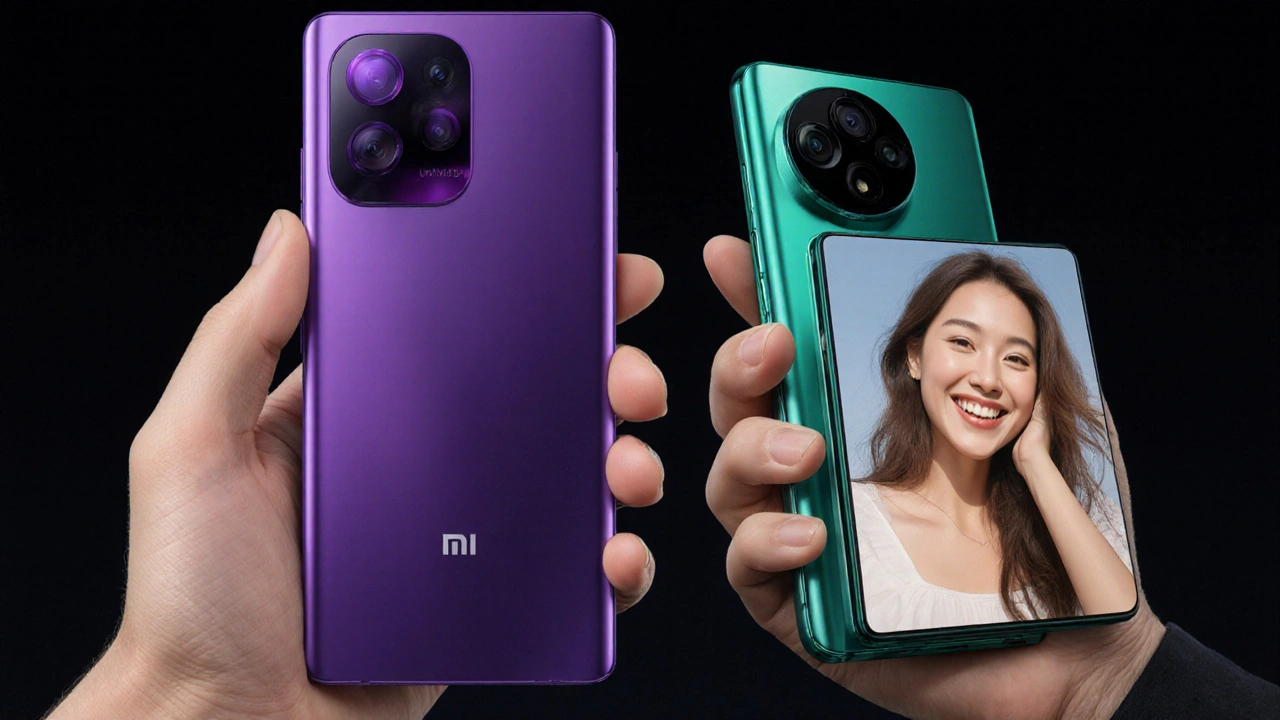If you’ve ever wondered why some chargers brag about 100W, you’re not alone. A 100‑watt charger can power a laptop, tablet, or phone much faster than a typical 18W brick. The trick is matching the right charger with a device that actually accepts that power. In this guide we’ll break down the basics, point out common pitfalls, and give you clear steps to get the most out of a 100W charger.
Most 100W chargers use the USB‑C Power Delivery (PD) standard. PD negotiates voltage and current between the charger and the device, then ramps up to the highest safe level. For example, a 100W charger might deliver 20V at 5A (20V × 5A = 100W). The charger and device talk over the USB‑C cable; if the device only needs 45W, the charger will drop back to that level.
The key takeaway: the charger can’t force more power than the device wants. It’s a two‑way conversation, not a one‑sided push.
First, make sure your device lists 100W support. Many modern ultrabooks, like the Dell XPS 13 or MacBook Pro 14‑inch, are rated for 100W or higher. Some high‑end Android phones also support 100W, but they usually need a specific fast‑charge cable.
Second, pick a good quality USB‑C cable. Look for cables rated for 5A and 20V. Cheap cables often top out at 3A, which would limit you to 60W even with a 100W brick.
Third, check the charger’s safety features. Over‑voltage, over‑current, and temperature protection are must‑haves. Reputable brands like Anker, Aukey, or the charger that came with your laptop usually include these safeguards.
Finally, consider your usage scenario. If you’re charging a laptop while gaming or running heavy apps, a 100W charger can keep the battery from draining. For a phone, the same charger will fill the battery in under an hour, provided the phone supports that speed.
Now that you have the basics, here are three quick steps to start using a 100W charger safely:
That’s it. With the right combination of charger, cable, and device, you’ll enjoy faster charge times without risking overheating or battery wear.
Keep an eye on the temperature of the charger during the first few uses. If it feels unusually hot, double‑check that the cable matches the specs and that the device really supports 100W. A bit of warmth is normal, but scorching heat means something’s off.
In short, 100W charging is a powerful tool when used correctly. Match the charger to a compatible device, use a proper cable, and let the PD protocol do the work. You’ll get quick power, longer device uptime, and peace of mind knowing you’re not over‑loading your gear.
Posted by
Siseko Tapile
5 Comments

Xiaomi launched the Xiaomi 17, 17 Pro and 17 Pro Max on 25 September 2025. All three run on the new Snapdragon 8 Elite Gen 5 chip and Xiaomi Hyper OS 3. The Pro Max boasts a 6.9‑inch SuperRED OLED screen, a 7,500 mAh battery with 100 W PPS fast‑charge, and up to 1 TB of storage, aiming to out‑run Apple and Samsung in power and speed.
read more